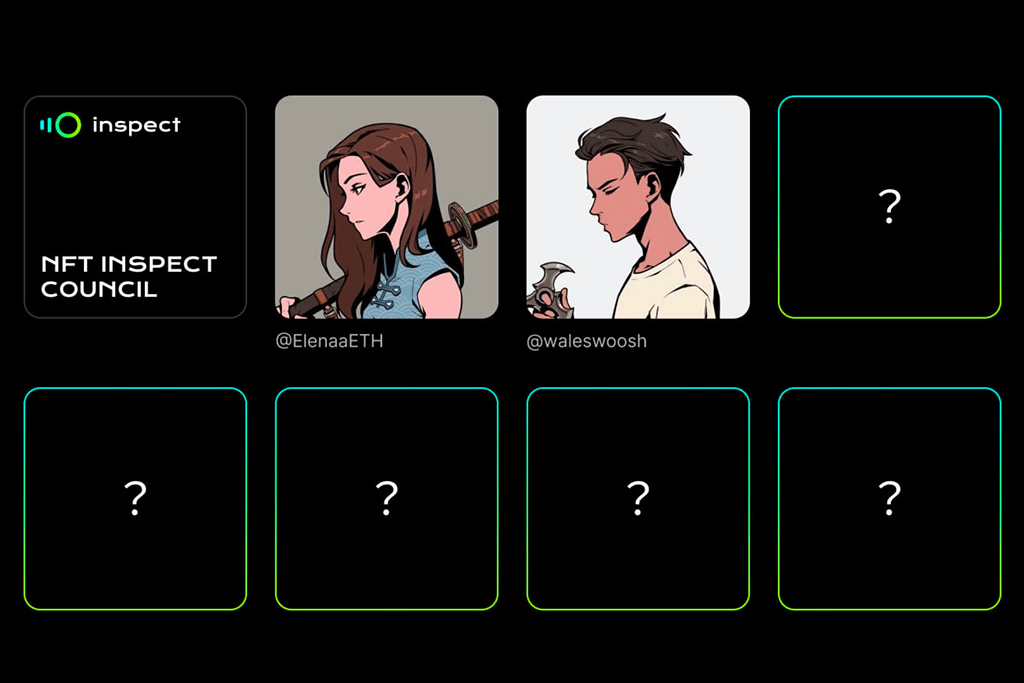How NFT art/AI art has become an important factor in the art and design space

The digital world got a boost from the unwanted situation with the pandemic bringing a number of new technologies into the public domain. NFTs and artificial intelligence are among these emerging technologies. Both may have existed too year but it’s only recently that they’ve taken every privileged unit win by storm – brings more use cases to light.
If you’re still new to the space, NFT art is a type of digital art that’s verified on a blockchain, so its origin and ownership can be easily traced and verified. AI (Artificial Intelligence) Art on the other hand is artwork created using algorithms that can learn from large datasets and generate unique art almost every time. Both are a force to be reckoned with. And just like everything, they bring their opportunities as well as challenges.
To begin with, NFT provides an opportunity to democratize the art space. By giving more artists an opportunity to develop their respective careers and make money outside of the traditional art ecosystem, NFTs can make the field much more lucrative for younger and smaller artists. Furthermore, the integration of technology and art has the potential to innovate the creative processes of making art and thus also influence the way we teach and learn in the creative fields. This can also result in newer art forms, styles or even a revival of the lost ones.
In India, several artists, galleries and institutions have already taken significant initiatives to explore NFT and AI art. For example, terrain.art, led by Nature Morte‘s Aparajita Jain, is an open platform that offers creators a marketplace to sell their works as NFTs. The Upside Space, led by Lisa Ray is another such platform that organizes digital and phygital shows with a significant focus on NFTs, conceptualized by curators. Several physical art galleries such as Chemould Prescott Road, Nature Morte, Method India and more have also presented shows with artists who have created NFTs.
It is still an emerging concept in India, but the potential of the new technology can play an important role in the development of the creative economy. However, this can happen even more effectively if we, the stakeholders, are able to create an ecosystem that helps this technology thrive in the art and design space. There is still a general lack of awareness about these technologies among people. In addition, these technologies require technical skills and resources that can serve as a major barrier for many. For example, learning how to open a digital wallet and trade crypto or mint a piece of art as an NFT. In India, currently there are also certain regulatory concerns and intellectual property rights that need much more clarity and proper frameworks and guidelines that can match the legal requirements of this space in India.
NFTs and AI art are inevitable futures in art and design. So far I have‘have mentioned about these technologies in the arts, but these technologies have an equal emphasis on the design domains. For example, Tommy Hilfiger was among the first fashion houses to use Generative Design (powered by AI) to predict future trends and produce a collection of clothes. here are several designers and even brands that have adopted these technologies in their creative processes. Similarly, an interior design studio DesignRaaga created a set of NFTs with unique digital interior designs inspired by Indian art and culture.
If I were to imagine an ecosystem that contributes to the use of these technologies in the art and design space, my intuition would point me towards developments within the educational framework to begin with. Professionals and businesses in the creative industry have often complained about gaps in education and the professional world. Introducing these technologies into the education system at a higher level will not only help to develop knowledge and skills, but also to make students future-ready. Exposure to the technical capabilities of NFTs and AI, understanding the integration of art and technology or design and technology, learning about the legal framework behind intellectual property and copyright will only increase the acceptability of these technologies in the creative domains.
The creative industry is bound to undergo significant transformation in the near future. NFTs could revolutionize the way artists are paid. Blockchain technology can solve problems related to authenticity and ownership. AI can help create more engaging digital experiences and innovate creative processes across all domains of art and design. But how we develop and use these technologies against other challenges such as their energy consumption, their carbon footprint, their regulatory framework etc. is yet to be seen. I think, time will tell. But if you’re an artist or designer and you haven’t already familiarized yourself with these technologies, I suggest you at least give it a shot with an open mind.
Disclaimer
The views above are the author’s own.
END OF ARTICLE
























